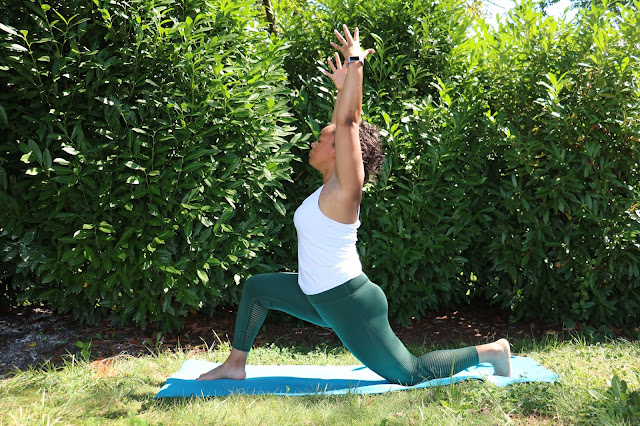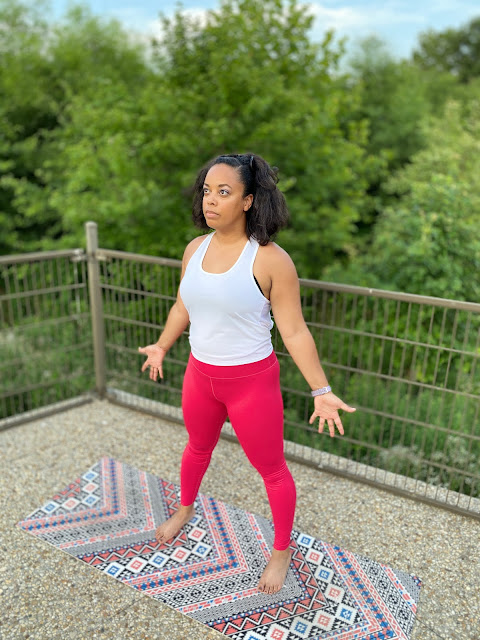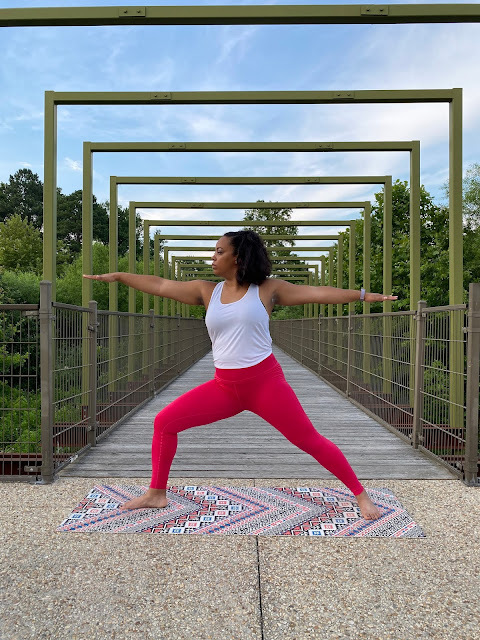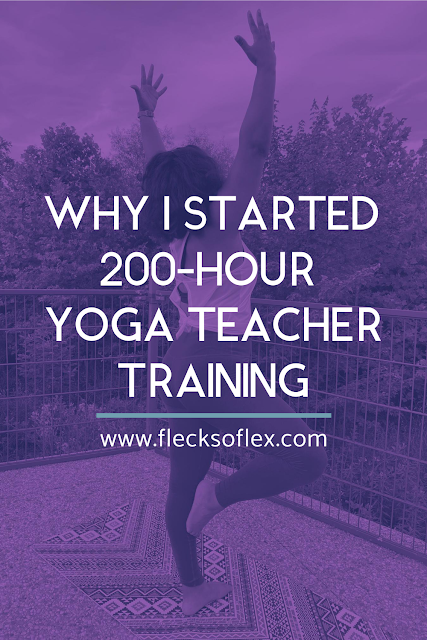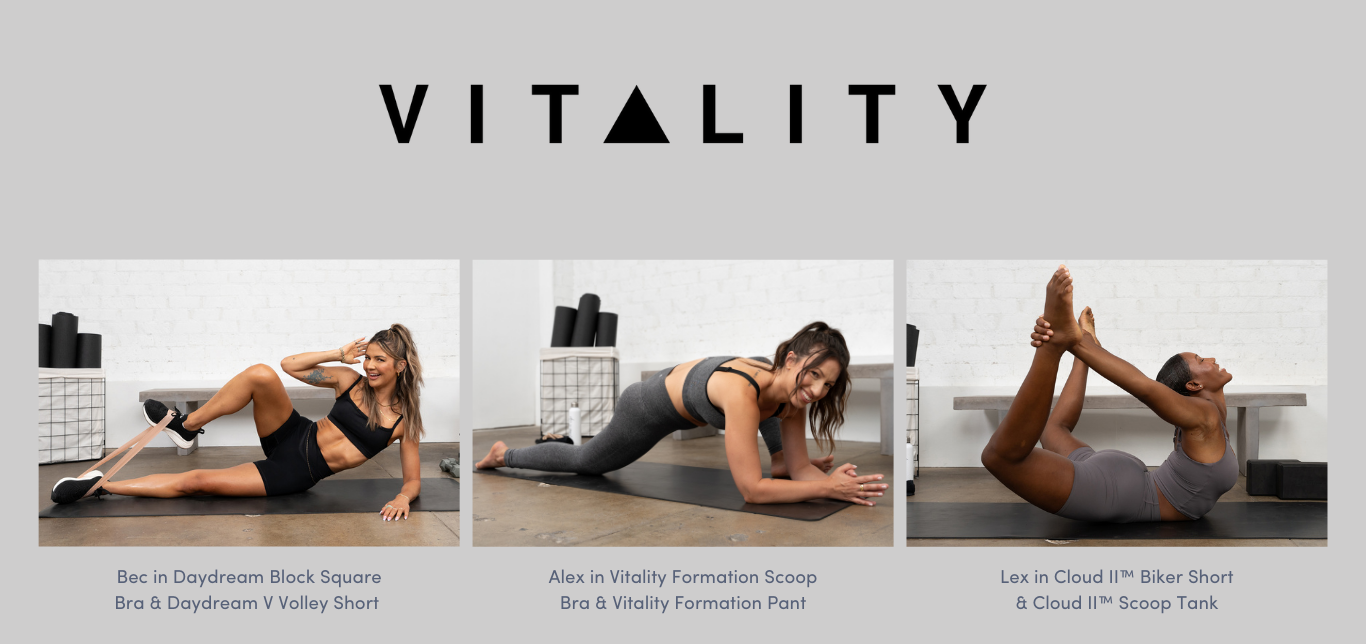Celebrities like Yolanda Hadid and Alec Baldwin have opened up about their struggles with Lyme disease, but if you’ve ever wondered what this health condition actually is, you’re not alone. According to the CDC, Lyme disease is a bacterial infection spread to humans through bites from infected ticks. It is the most common vector-borne illness in the U.S., the CDC notes, affecting about 30,000 Americans each year and causing symptoms like fever, headache, fatigue, or a rash at the site of the tick bite.
While Lyme infections can be treated with antibiotics, the disease can be difficult to diagnose because it shares so many symptoms with other illnesses. If left untreated for too long, the infection can spread throughout the body, resulting in chronic health issues. This form of Lyme, called Post-Treatment Lyme Disease (PTLD), is believed to be the result of an autoimmune response to the initial infection. (It’s sometimes referred to as Chronic Lyme Disease, or CLD, although experts typically don’t use this term.) PTLD symptoms range in severity, from brain fog to full-body exhaustion, and while treatments are available, the illness itself is incurable.
Living with an invisible illness like PLTD can be lonely and terrifying, which is why many celebrities with Lyme disease have chosen to use their platforms to spread awareness about treatment and prevention. Keep reading to learn more about how Lyme has affected the lives of celebs like Bella Hadid, Shania Twain, and Justin Bieber, among others.
-
Miranda Hart

Image Credit: Photo by Anthony Harvey/Getty Images Miranda Hart wrote in her memoir I Haven’t Been Entirely Honest With You, she talked about having Lyme disease. While on “The Graham Norton Show” alongside Selena Gomez, she thanked her for being so candid about her health struggles during her Apple TV+ documentary, My Mind & Me.
“It’s extraordinary that I’m on the show with Selena, because it makes me quite emotional because when I saw your documentary on Apple about your illness struggles, I was thinking, do I share? Is this something I should do? Because it feels quite vulnerable sharing something that I’ve never done before,” she said. “And I watched your documentary, and I just thought absolutely yes, and that’s what kept me writing.”
-
Yolanda Hadid

Image Credit: Getty Images Yolanda Hadid was diagnosed with a severe, neurological case of Lyme disease in 2012. At the time, a specialist found evidence of an active infection in her brain.
In the years since, the Real Housewives of Beverly Hills alum has undergone numerous procedures to alleviate Lyme symptoms like brain fog, fatigue, and migraines. Her symptoms were so debilitating, she once contemplated death by suicide.
Hadid chronicled her arduous health journey in her 2017 memoir, Believe Me: My Battle with the Invisible Disability of Lyme Disease. More recently, the reality TV personality revealed that she suffered a “Lyme relapse” following the death of her mother in 2021.
“After the loss of my mother I really struggled with depression followed by a lyme relapse…. the emotional stress and grief strongly effected my immune system,” she wrote to her 3.8 million Instagram followers. “[I’m] learning to focus on myself, my health journey and being present in this moment of my life.”
-
Bella Hadid

Image Credit: Getty Images Bella Hadid, Yolanda’s daughter, also contracted the tick-borne illness in 2012. As Elle reported, the supermodel was just 16 years old when she began experiencing symptoms like difficulty walking, joint pain, and nausea.
Although Bella has learned how to live with Lyme, she still experiences symptoms like swelling, fatigue, and anxiety. In a candid Tiktok post from March, Bella got real about why she hates “looking in the mirror or taking pictures, especially lately.”
“When I’m working a lot, [fashion week], stressed etc. (aka always) my skin changes colour, I break out randomly, I get (what feels like) lesions, lethargy, chronic anxiety, zero motivation or purpose, leaky gut, adrenals, [depression],” she explained.
“Years and years of this. If I’m all dolled up maybe I’ll try for the girls, but man is it hard to do this as your profession while also feeling/looking sick like this,” Bella continued.
-
Shania Twain

Image Credit: Getty Images for CMT Shania Twain came down with Lyme disease in 2003 after she was bitten by tick while horseback riding. She opened up about the harrowing experience in her 2022 Netflix documentary, Shania Twain: Not Just a Girl.
“My symptoms were quite scary because before I was diagnosed, I was on stage very dizzy,” the country music superstar revealed in the doc, per Vanity Fair. “I was losing my balance, I was afraid I was gonna fall off the stage… I was having these very, very, very millisecond blackouts, but regularly, every minute or every 30 seconds.”
Lyme also affected Twain’s voice. For years, she thought she’d “lost [her] voice forever” and would never sing again. Luckily, the “Man! I Feel Like a Woman!” singer now has a “grip” on her symptoms and is making music again.
“I have a different voice now, but I own it,” Twain added. “I love my voice now.”
-
Debbie Gibson

Image Credit: Getty Images 80s pop sensation Debbie Gibson first started experiencing Lyme disease symptoms in 2013, including food sensitivities, fatigue, migraines, and back pain. It took her nine months to get a diagnosis, telling People in 2021, “I’ve come to a place where I’ve learned to expect the unexpected with my health, but I know I can get through it. And every time I get through it, I’m reminded of how strong we all are.”
As of 2023, Gibson was feeling confident in how she manages her symptoms. “ I’ve learned how to overcome,” she told People. “I’ve never said I’m struggling with Lyme [disease], I say I’m overcoming Lyme. So, I’ve really overcome a lot and I just remain diligent and consumed with my body and my mind and it’s working … I went from not even being able to get out of bed and walk to doing 60 concerts this past year.”
-
Alec Baldwin

Image Credit: Getty Images Alec Baldwin was first bitten by tick 20 years ago, which left him bedridden with cold sweats and soreness.
“August of one summer I was standing on my friend’s porch at night, and it was a cool evening — it wasn’t a hot, steamy evening — and I felt literally this wave go over my back and over my shoulders and kind of wrap around me like a chill,” the 30 Rock star said of his initial infection in a 2021 podcast interview. “And I got just attacked. It came like someone snapped their fingers and put a spell on me.”
Baldwin has since experienced additional tick bites. To this day, he deals with lingering Lyme symptoms like “inexplicable” joint pain.
-
Riley Keough

Image Credit: Karwai Tang/WireImage via Getty Images Riley Keough revealed she has Lyme disease in a 2023 Vanity Fair cover story, sharing that she was in Switzerland to “try and see if I can alleviate it a bit.” The Daisy Jones and the Six star was visiting a “holistic treatment center” that she said offered treatments “you can’t really do in America yet, like cleaning your blood.”
Keough added that, while she can carry children, her Lyme disease led her to have her daughter via surrogate. “[I]t felt like the best choice for what I had going on physically with the autoimmune stuff,” she said.
-
Fletcher
![US singer Fletcher arrives for the Z100's iHeartRadio Jingle Ball 2019 at Madison Square Garden in New York on December 13, 2019. (Photo by Steven FERDMAN / AFP) / The erroneous mention[s] appearing in the metadata of this photo by Steven FERDMAN has been modified in AFP systems in the following manner: [Fletcher] instead of [Renee Rapp]. Please immediately remove the erroneous mention[s] from all your online services and delete it (them) from your servers. If you have been authorized by AFP to distribute it (them) to third parties, please ensure that the same actions are carried out by them. Failure to promptly comply with these instructions will entail liability on your part for any continued or post notification usage. Therefore we thank you very much for all your attention and prompt action. We are sorry for the inconvenience this notification may cause and remain at your disposal for any further information you may require. (Photo by STEVEN FERDMAN/AFP via Getty Images)](https://www.sheknows.com/wp-content/uploads/2023/06/celebrities-lyme-disease-01.jpg?w=204)
Image Credit: STEVEN FERDMAN/AFP via Getty Images American singer Fletcher announced in September 2023 that she’d been diagnosed with Lyme disease and that the disease had been affecting her health and vocal cords, forcing her to postpone tours in Europe and Australia. “I started becoming increasingly ill over the last couple years and just kept pushing even though I knew there was something deeper going on,” she wrote on Instagram. “Lyme has affected me in a variety of ways and while it has not only taken a tremendous toll on my physical body, it has also caused concern for my voice as well.”
The “Bitter” singer vowed to perform for fans “bigger and better… and most importantly, stronger than ever next year.”
-
Avril Lavigne

Image Credit: Getty Images for MTV/Paramount G Avril Lavigne’s Lyme disease symptoms left her bedridden for the better part of two years, the singer-songwriter revealed in a 2018 cover story for Billboard magazine.
“I’m achy, I’m fatigued, I cannot get the f*ck out of bed — what the f*ck is wrong with me?” Lavigne recalled of her early days battling the tick-borne illness. Her severe fatigue prompted her to seek medical attention, but it still took years for doctors to accurately diagnose her.
Lavigne’s symptoms were so debilitating, she was forced to take a break from making music. It wasn’t until 2018 that she finally felt healthy enough to write and perform again.
“Having gone through the battle of my lifetime, I’m stronger than ever and looking forward to sharing my renewed voice and energy for my life with my fans through this new music,” she wrote on her website that year, per TODAY.
-
Justin Bieber

Image Credit: Getty Images for The Met Museum/ Justin Bieber first opened up about his Lyme diagnosis in 2020. At the time, the pop singer was fielding many disparaging comments about his appearance.
“While a lot of people kept saying Justin Bieber looks like shit, on meth etc. they failed to realize I’ve been recently diagnosed with Lyme disease, not only that but had a serious case of chronic mono which affected my, skin, brain function, energy, and overall health,” Bieber wrote on Instagram, per CNN.
“It’s been a rough couple years,” he added at the time, “but [I’m] getting the right treatment that will help treat this so far incurable disease and I will be back and better than ever.”
Bieber later detailed the “scary symptoms” he endured in a 10-part autobiographical YouTube series called Seasons.
-
Amy Schumer

Image Credit: Getty Images for Paramount+ Amy Schumer revealed her Lyme diagnosis in a lighthearted Instagram post from 2020, which featured a throwback pic of the actress and comedian as a child.
“My first ever fishing pole,” Schumer wrote to her 12.9 million followers. “Anyone get LYME this summer? I got it and I’m on doxycycline. I have maybe had it for years. Any advice? Can you have a glass of wine or 2 on it? I know to stay out of the sun.”
She signed off her post on a more serious note: “I also want to say that I feel good and am excited to get rid of it.”
-
Ben Stiller

Image Credit: Michael Buckner/Variety via Getty Images Ben Stiller revealed he suffered from Lyme disease in 2011, telling The Hollywood Reporter that he contracted the diseases in Nantucket, MA, a few years earlier. “My knee became inflamed and they couldn’t figure out what it was, then they found out it was Lyme,” the Zoolander star said at the time. “I’m symptom-free now, but Lyme doesn’t ever leave your system. It’s a really tough thing.”
-
Kelly Osbourne

Image Credit: Gilbert Flores/Billboard via Getty Images Kelly Osbourne suffered from undiagnosed Lyme disease for years, taking multiple prescription painkillers to treat the pain. It took a tripe to an alternative medicine practitioner for Osbourne to finally learn that Lyme disease was behind her symptoms, which included everything from a sore throat and stomachaches to a seizure in 2013. “I had stage III neurological Lyme disease,” Osbourne wrote in her 2017 memoir, There Is No F*cking Secret, per US Weekly. “I was relieved to finally know what was going on,” she continued, “but I was also scared s—tless.”
Osbourne began stem cell therapy to “strengthen my immune system so my body could fight off and get rid of the disease on its own,” which she described as a “more complete and lasting cure” than antibiotics. “I was experiencing emotions and feelings again,” Osbourne recalled of her time receiving treatment. “I’d been in a diseased and doctor-approved drug-induced haze for so long that I didn’t know what it was like to be happy or sad or in pain.”
-
Alexis Ohanian

Image Credit: Jesse Grant/Sportico via Getty Images Tech executive and Mr. Serena Williams himself, Alexis Ohanian, revealed a surprise Lyme disease diagnosis on X in July 2024. “Doing a full battery of health scans, tests, etc, and found out I have lyme disease,” he wrote on the platform. “Wild.” Ohanian explained that he wasn’t experiencing any symptoms but was still planning to get treated.
Ohanian went on to explain that a loved one had had the disease a few years ago, who showed “tons [of] symptoms… just couldn’t figure it out until they tested him for it and then found it (treated it successfully, too).” Ohanian also noted that he doesn’t spend much time in the wilderness or the northeast, where ticks are common, so “this was quite a surprise,” he said. “Anyway, gonna grab some antibiotics — can’t keep me down, tick!”
-
Parker Posey

Image Credit: Getty Images When Parker Posey first experienced red flags of Lyme disease in 2009, her symptoms forced her to withdraw from a starring role in a Playwrights Horizons’ production of This.
The beloved indie film actress has kept her health journey fairly private, although she did speak out in 2009 about how holistic interventions helped ease her symptoms after undergoing a course of antibiotics for Lyme.
-
Ramona Singer

Image Credit: Gilbert Flores/WWD via Getty Images Real Housewives of New York City star Ramona Singer shared her Lyme disease diagnosis with fans in 2020. Singer told E! News that she’d started feeling unwell around Valentine’s Day of that year and visited a doctor for a full blood panel. The results led to a Lyme disease diagnosis, and Singer started taking an antibiotic for symptoms.
“You must get tested once a year, especially if you’re in an area where there are deer,” said Singer, who believes she picked up a tick bite in the Hamptons. Fortunately, she added, “We caught it early and I’m very lucky and very blessed.”







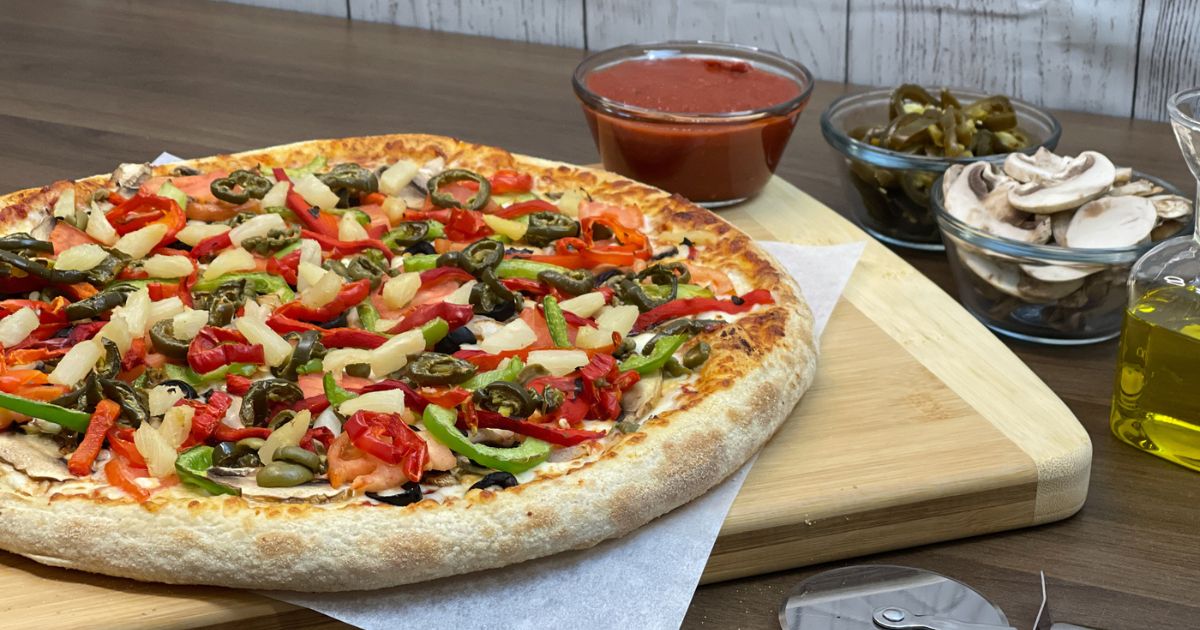

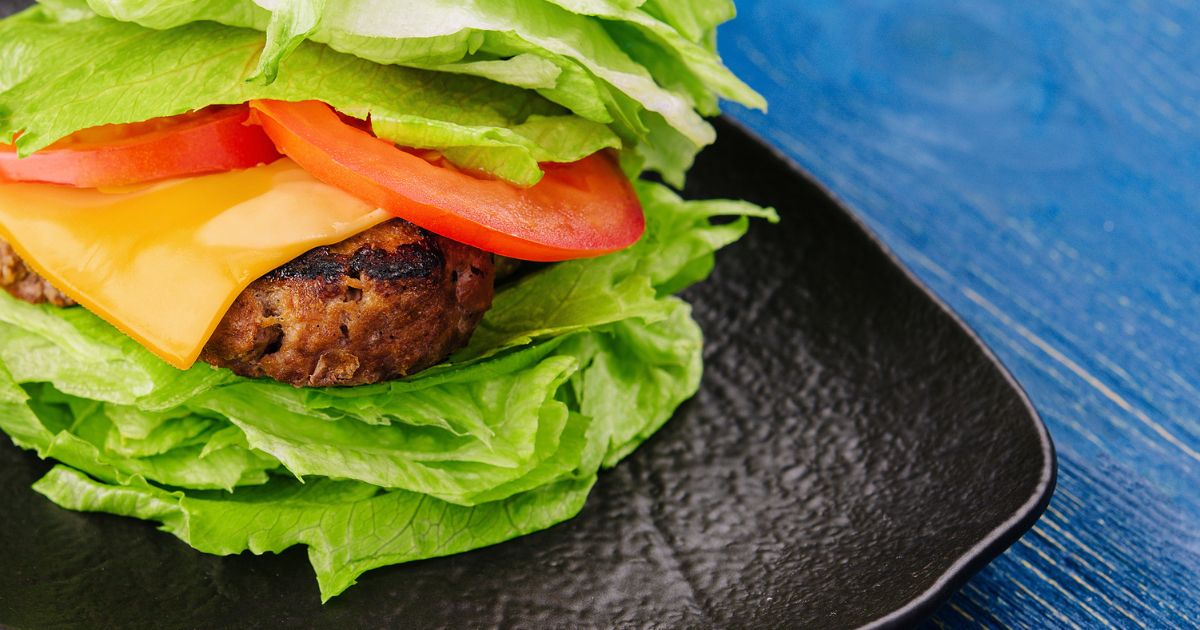




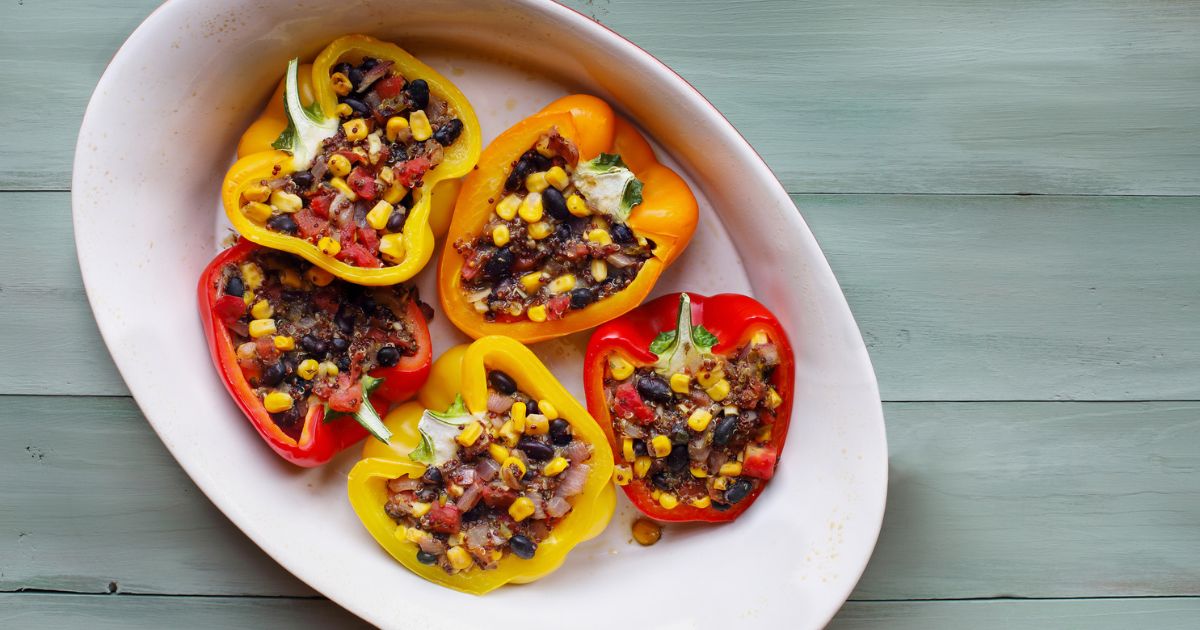


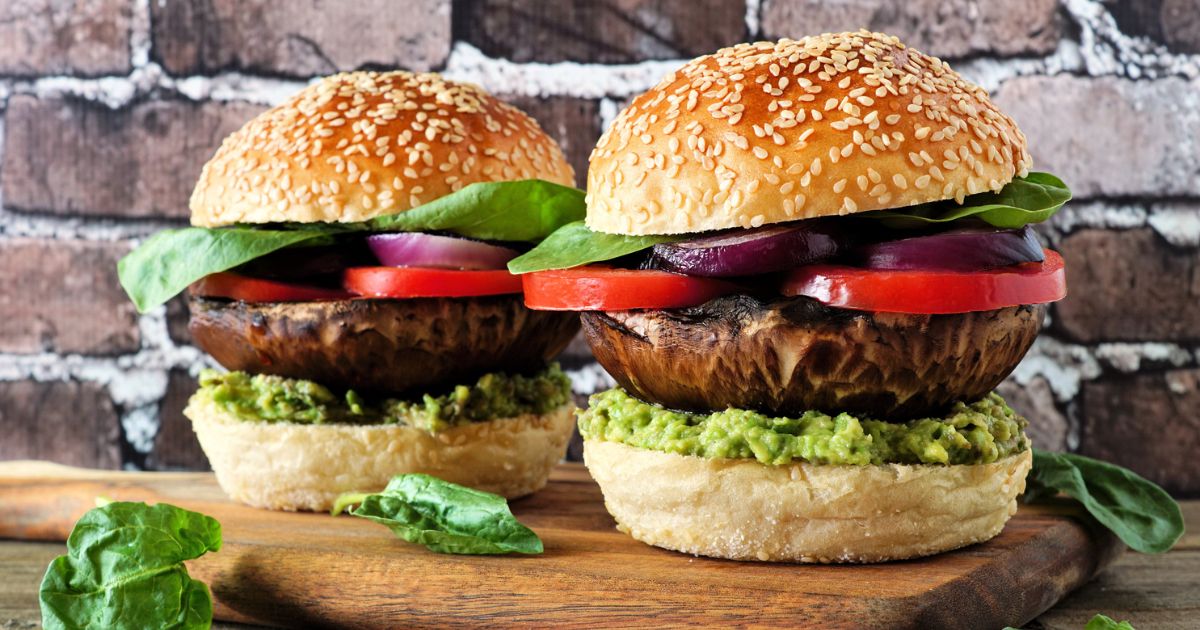



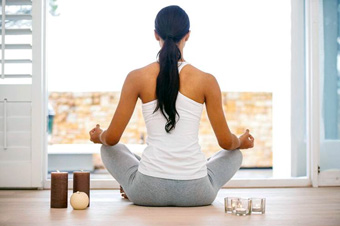 April is Stress Awareness Month, a time to spotlight the unique ways stress impacts women’s health. While stress is an unavoidable part of life, chronic stress can lead to a multitude of health issues. Women, in particular, may experience distinct physical and emotional responses to stress due to hormonal fluctuations, societal roles, and biological differences. Understanding these impacts and employing effective stress management techniques are crucial steps toward improving women’s overall well-being.
April is Stress Awareness Month, a time to spotlight the unique ways stress impacts women’s health. While stress is an unavoidable part of life, chronic stress can lead to a multitude of health issues. Women, in particular, may experience distinct physical and emotional responses to stress due to hormonal fluctuations, societal roles, and biological differences. Understanding these impacts and employing effective stress management techniques are crucial steps toward improving women’s overall well-being. 


















